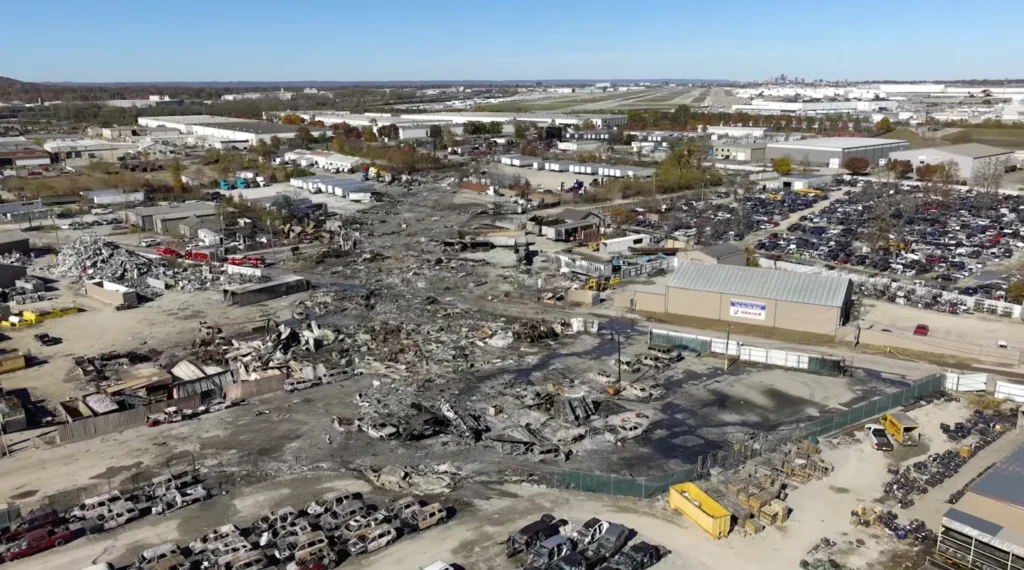Gaza Child Malnutrition Crisis Overwhelms Hospitals Amid Denial

Gaza Hospitals Overwhelmed as Child Malnutrition Surges Amid Netanyahu’s Denial
KHAN YOUNIS, Gaza Strip — The skeletal body of 2½-year-old Ro’a Mashi lay on a hospital table at Nasser Hospital, her arms frail, ribs jutting through her skin, and eyes sunken. Doctors confirmed she had no underlying conditions. Over months, she wasted away while her displaced family struggled to find food and access treatment.
Her death came just days before Israeli Prime Minister Benjamin Netanyahu told local media, “There is no hunger. There was no hunger.” He called starvation reports “lies” promoted by Hamas.
For medical workers and humanitarian agencies, such statements stand in stark contrast to what they witness daily.
UN Data Shows Worst Crisis Since War Began
The United Nations reports that Gaza child malnutrition has reached unprecedented levels since the start of the conflict. In July, nearly 12,000 children under five were acutely malnourished, including more than 2,500 with severe malnutrition — the most dangerous stage. The World Health Organization warns that actual figures are likely higher due to limited access to all affected areas.
In the past two weeks, Israel has allowed triple the previous amount of food aid into Gaza. This comes after a two-and-a-half-month blockade on all food, medicine, and supplies aimed at pressuring Hamas to release hostages from the 2023 attack. While the recent influx has improved availability and slightly reduced prices, food remains far more expensive than prewar levels and unaffordable for many.
When Malnutrition Turns Critical
Experts stress that children with severe malnutrition cannot simply be fed normal food. Without proper medical intervention, refeeding syndrome can occur — a potentially fatal condition causing seizures, coma, or death.
“Thousands of children need hospital treatment if they’re to have any chance of survival,” said Alex DeWaal, executive director of the World Peace Foundation. “If food aid had been scaled up two months ago, many of these kids wouldn’t be in this condition.”
Doctors Warn of a Growing Emergency
At Nasser Hospital, Dr. Yasser Abu Ghali, head of the pediatrics unit, confirmed that malnutrition was the primary cause of death for dozens of children in recent weeks. Even for those with preexisting conditions such as rickets or genetic disorders, adequate food and treatment could have prevented fatal outcomes.
Dr. Ahmed al-Farra, the hospital’s general pediatric director, said they now admit 10–20 severely malnourished children every day, and numbers are climbing.
The Story of Shamm Qudeih
Two-year-old Shamm Qudeih weighs just nine pounds, a third of the healthy weight for her age. Doctors suspect she has a rare genetic disorder, but Gaza lacks the resources to confirm it. Her family applied for medical evacuation a year ago; permission only came this week. Shamm is now headed to Italy for urgent treatment.
Families on the Edge
In the tent camps of Muwasi, Ro’a’s mother, Fatma Mashi, recounted how displacement repeatedly interrupted her daughter’s care. The family often survived on one daily meal — usually boiled macaroni. “Whatever she ate, it didn’t change anything,” she said.
Humanitarian experts note it’s common in famine situations for one child in a family to deteriorate faster due to infections, weaning complications, or other stress factors.
An Uncertain Future
The UN warns that any recent progress could be reversed by Netanyahu’s planned new offensive to capture Gaza City and surrounding camps — home to most of Gaza’s population. Aid agencies fear this will trigger another mass displacement and further disrupt food delivery.
For Gaza’s doctors, each day brings more young patients on the brink. “We are fighting to keep them alive,” said Dr. Abu Ghali. “But without consistent aid, more children will die.”
SOURCE: AP News
: 120







